Body Basics Part 5: Qi, Vitality, and the Flow of Life
How’s your Qi?
(My what now?)
In Chinese medicine, Qi (pronounced “chee”) is a lot of things. A simple way to think of Qi is the quality and quantity of the life force (or the “energy”) running through you.
Consider your honest answer to the question, “How are you feeling?” How you’re feeling is the state of your Qi.
Qi is vitality. It’s integrity. When we’re feeling out-of-sorts or ill, it’s the vitality or integrity of our Qi that is out of balance or lacking.
From a clinical, medical perspective (or, frankly, from an I-want-to-live-a-happy-healthy-abundant-life perspective), we want plenty of well-balanced healthy Qi that is flowing smoothly.
In a person who is fatigued or exhausted, or someone who is chronically overworked, under-slept, or undernourished, we need to build more Qi; we can’t balance a system or resolve symptoms if we don’t first have enough energy to work with. This person literally needs more life running through them.
Another person may have plenty of Qi, but it’s sticky or stagnant — this person is irritable or easily frustrated, they have a hard time navigating changes in their lives, and their hormones probably have a similarly hard time smoothly navigating natural monthly fluctuations (PMS, anyone?). These people don’t necessarily need more life force, they need their life force to flow more smoothly, in an unobstructed fashion, to nourish all parts of them.
Whether it’s in the clinic or online, we work together to show you when you need to nourish, rest, and replenish and your Qi, and when to make sure it’s moving and flowing — all in the context of your personal health profile and in support of your hormonal health or reproductive goals.
So, how is the state of your Qi, your life force? What’s your honest answer to the question, “How are you feeling?”
In need of some assistance sorting with your Qi?
Your initial consultation is always free — come meet us in person and learn more.

